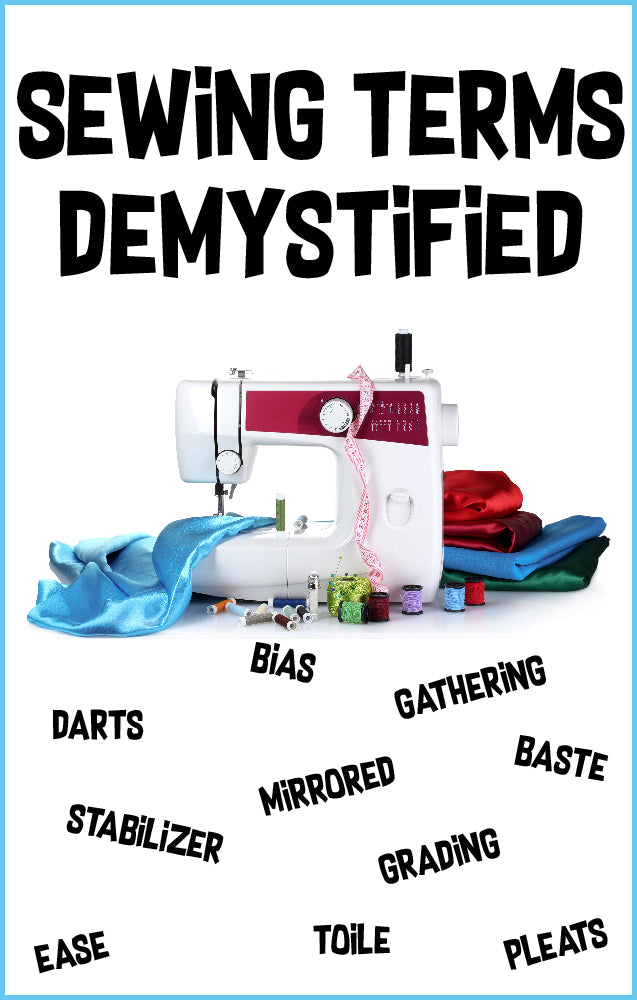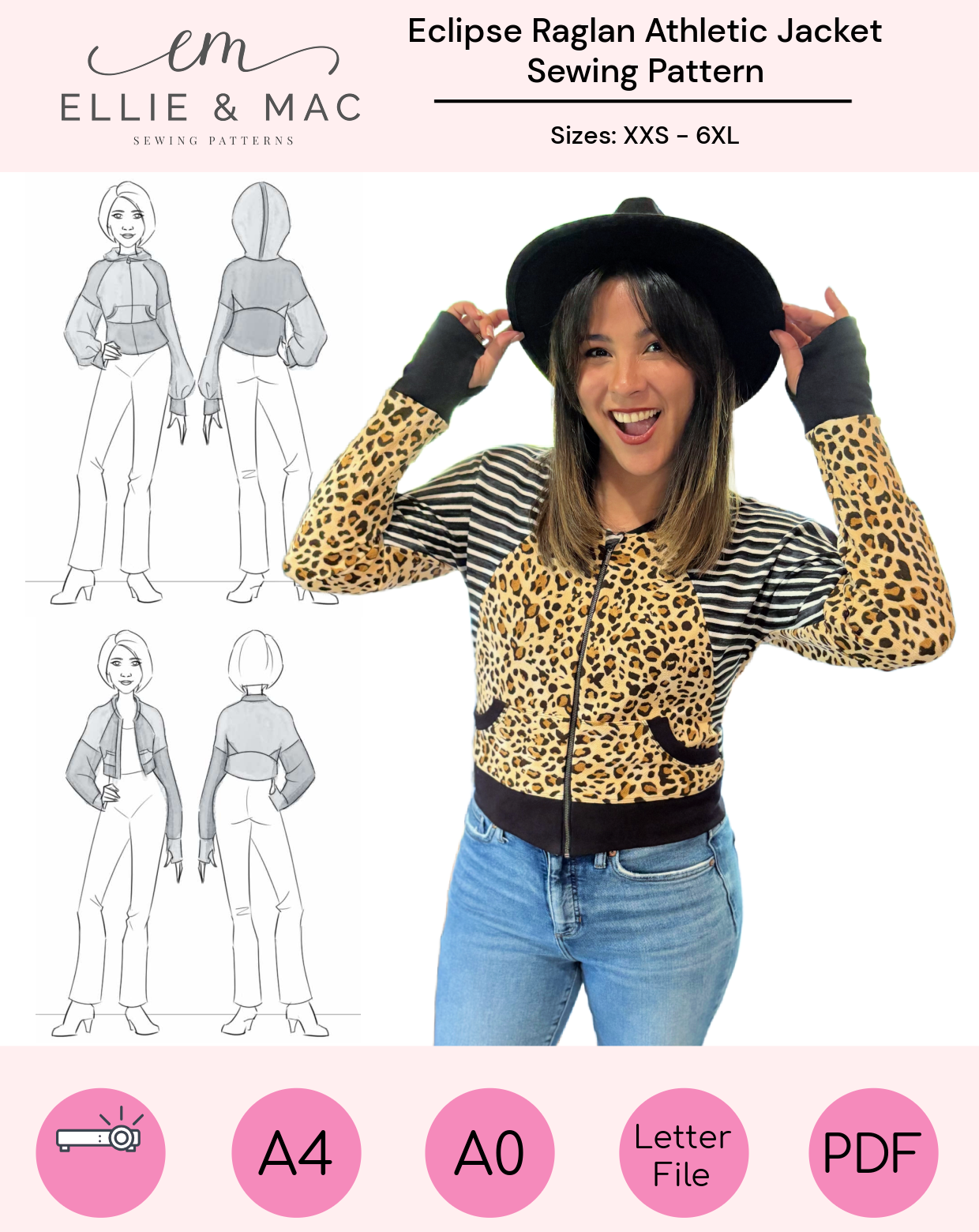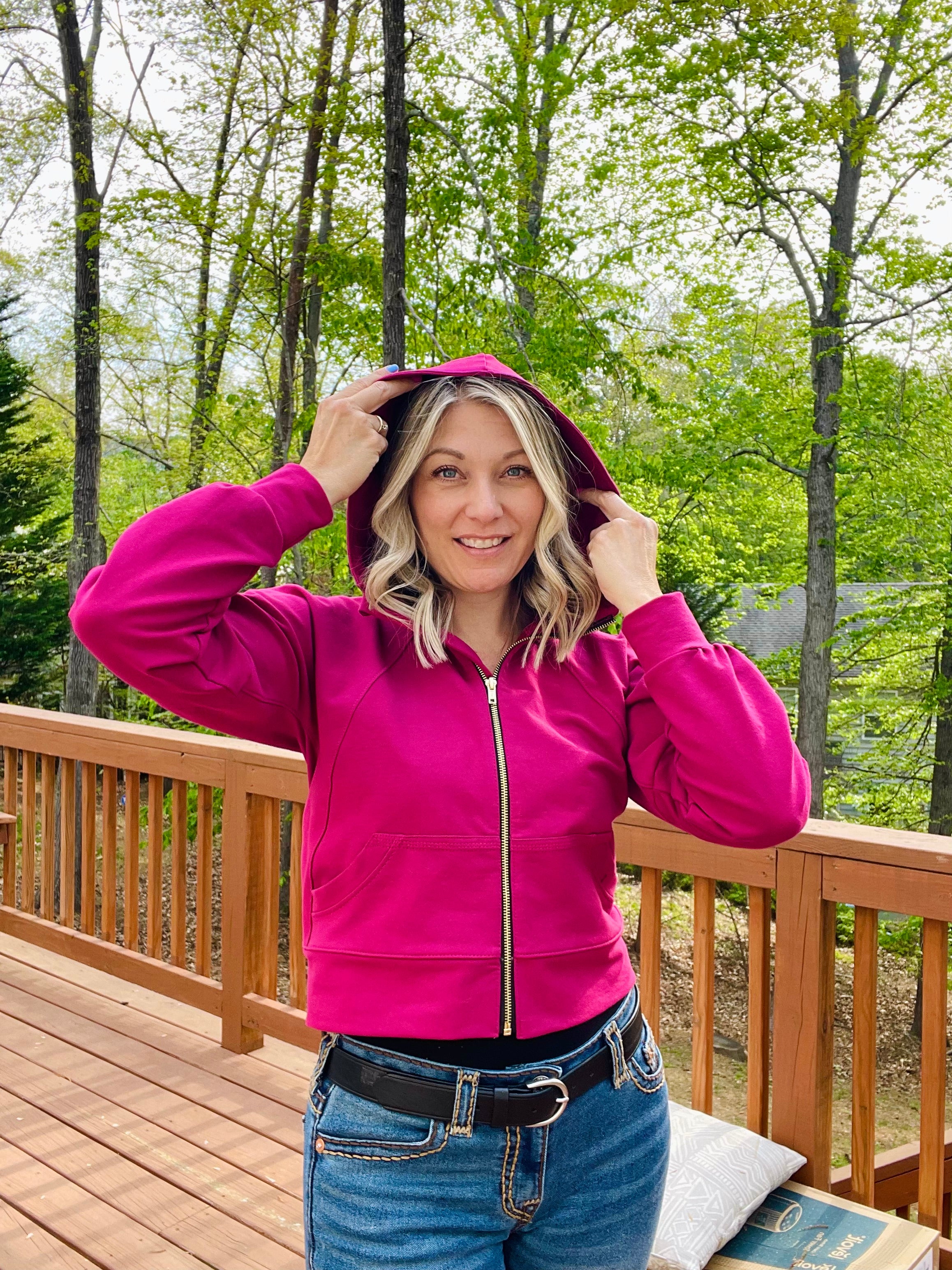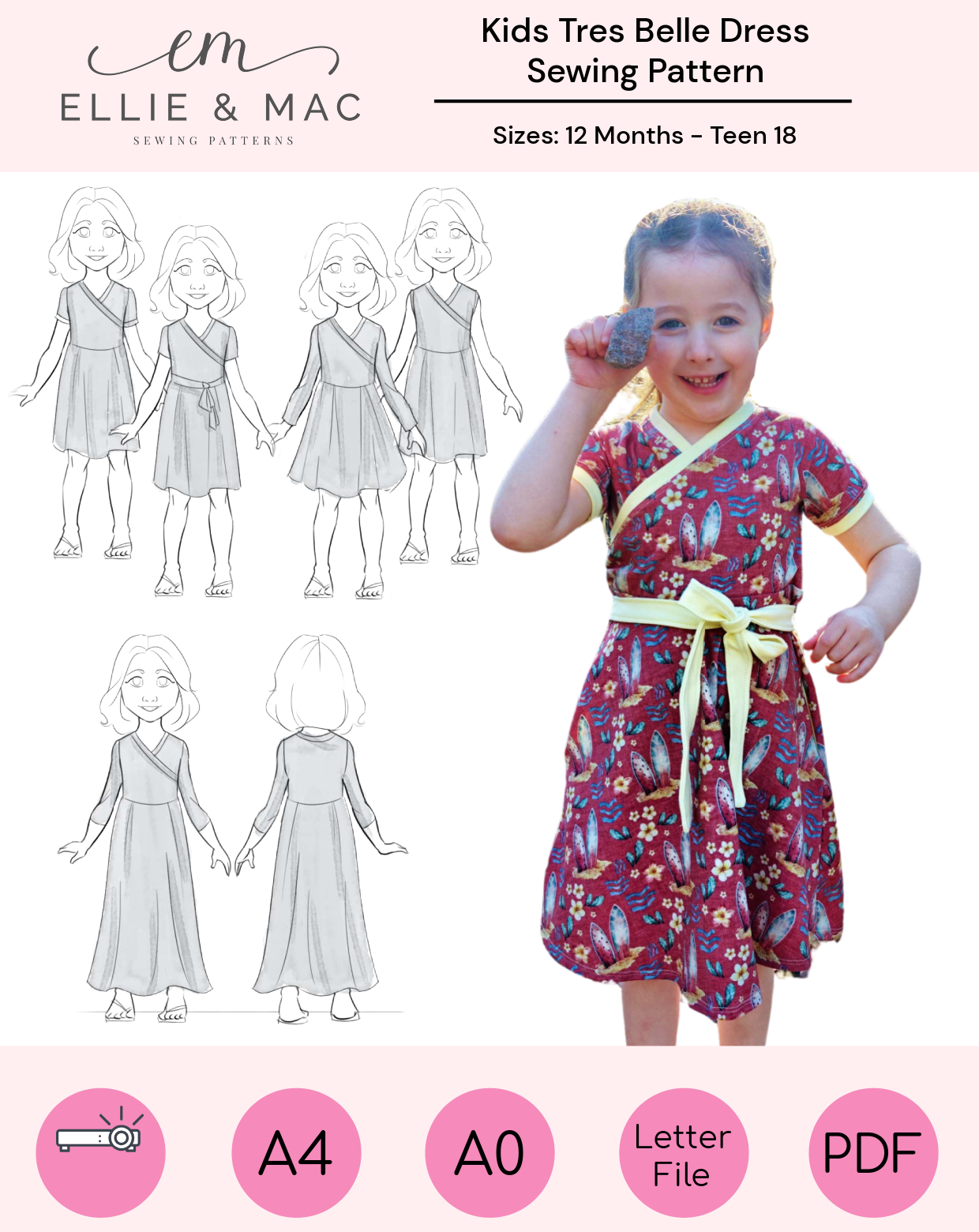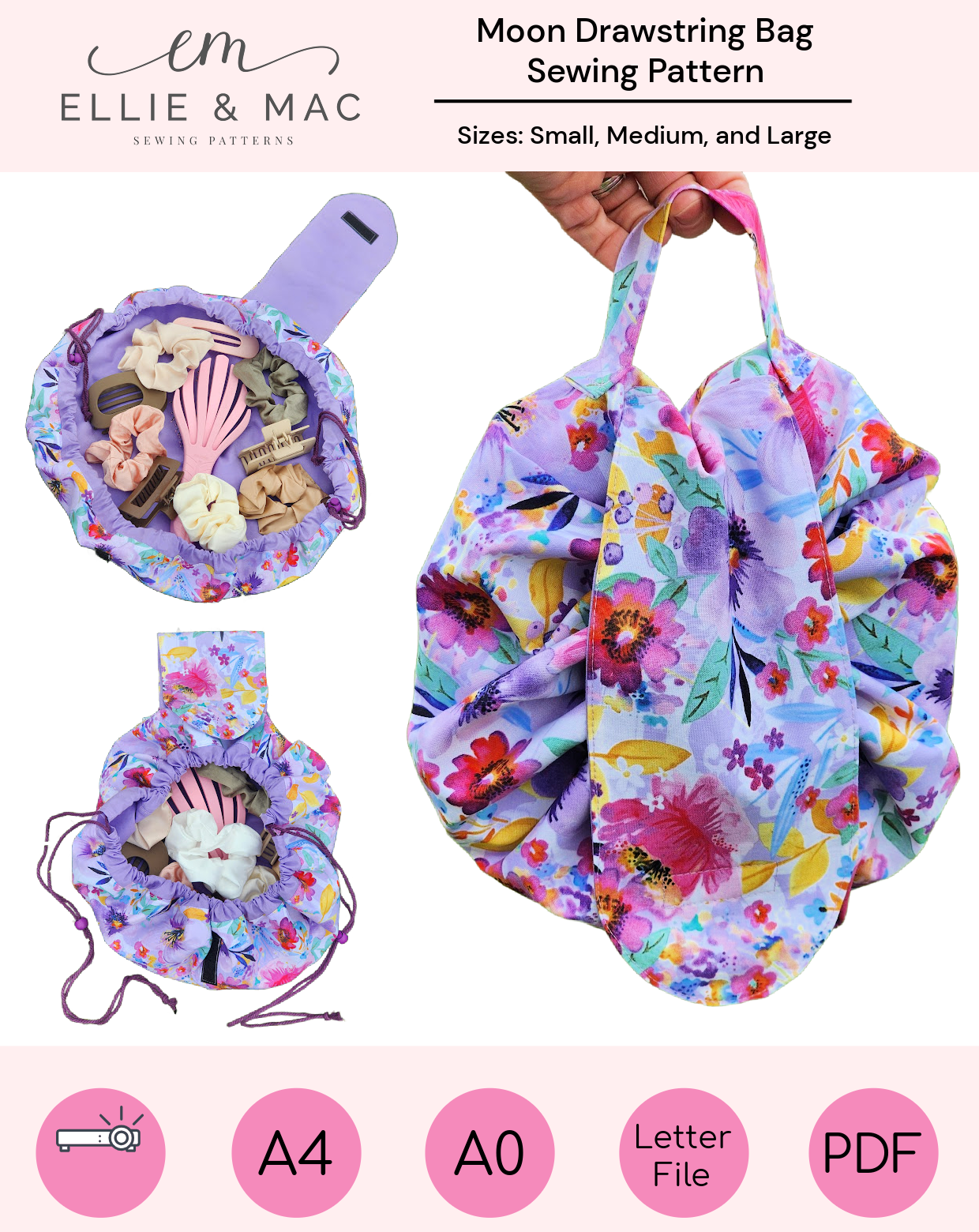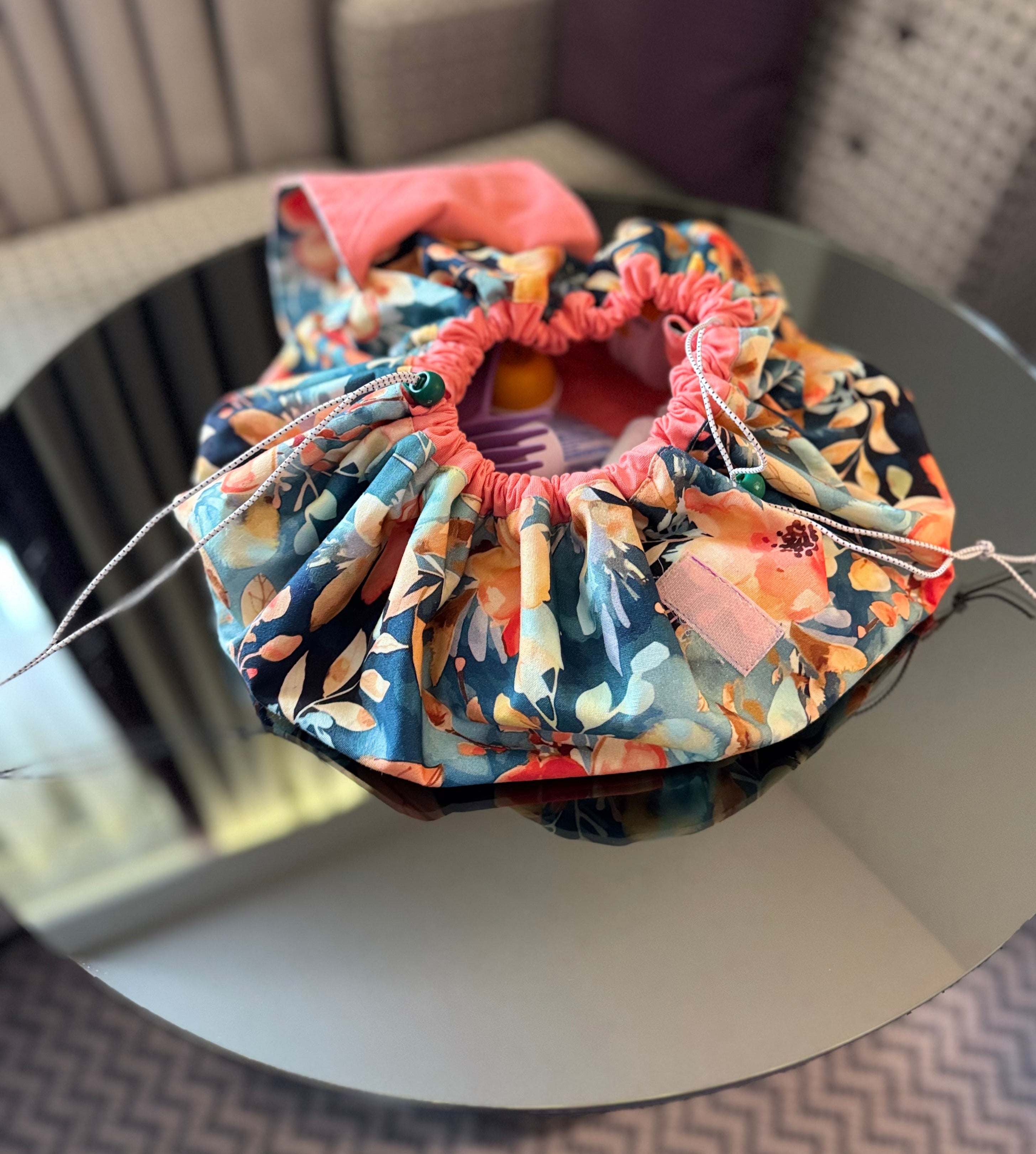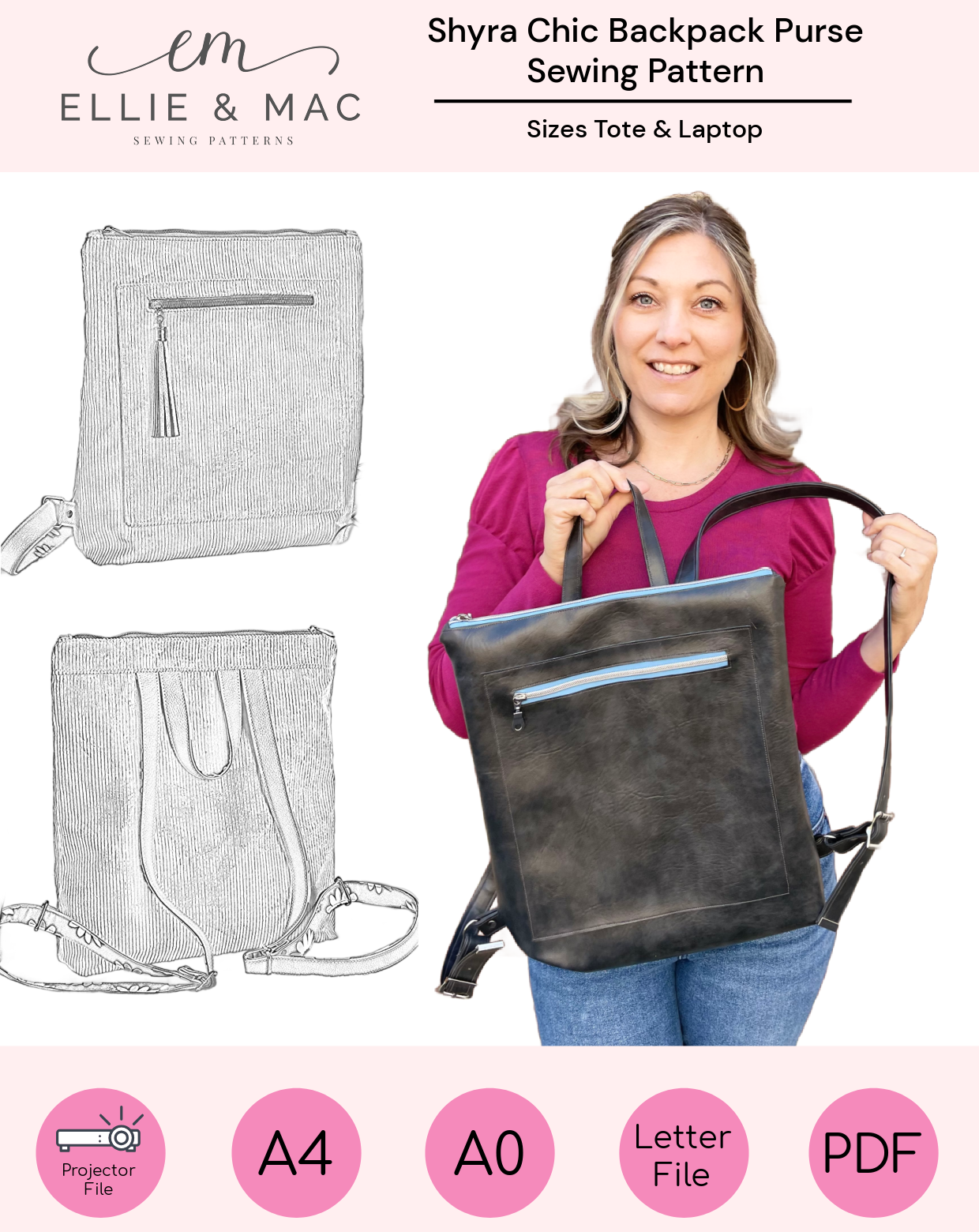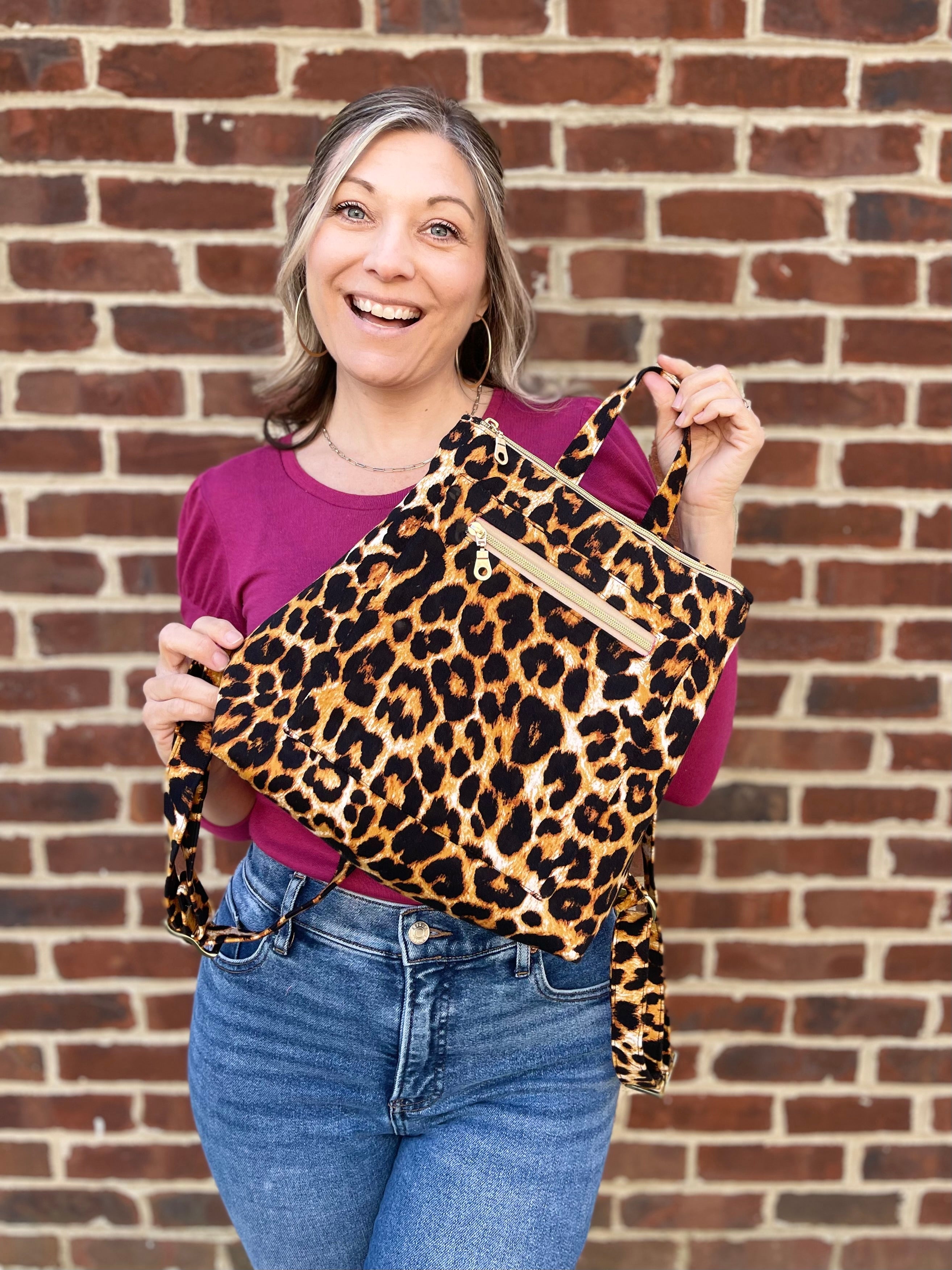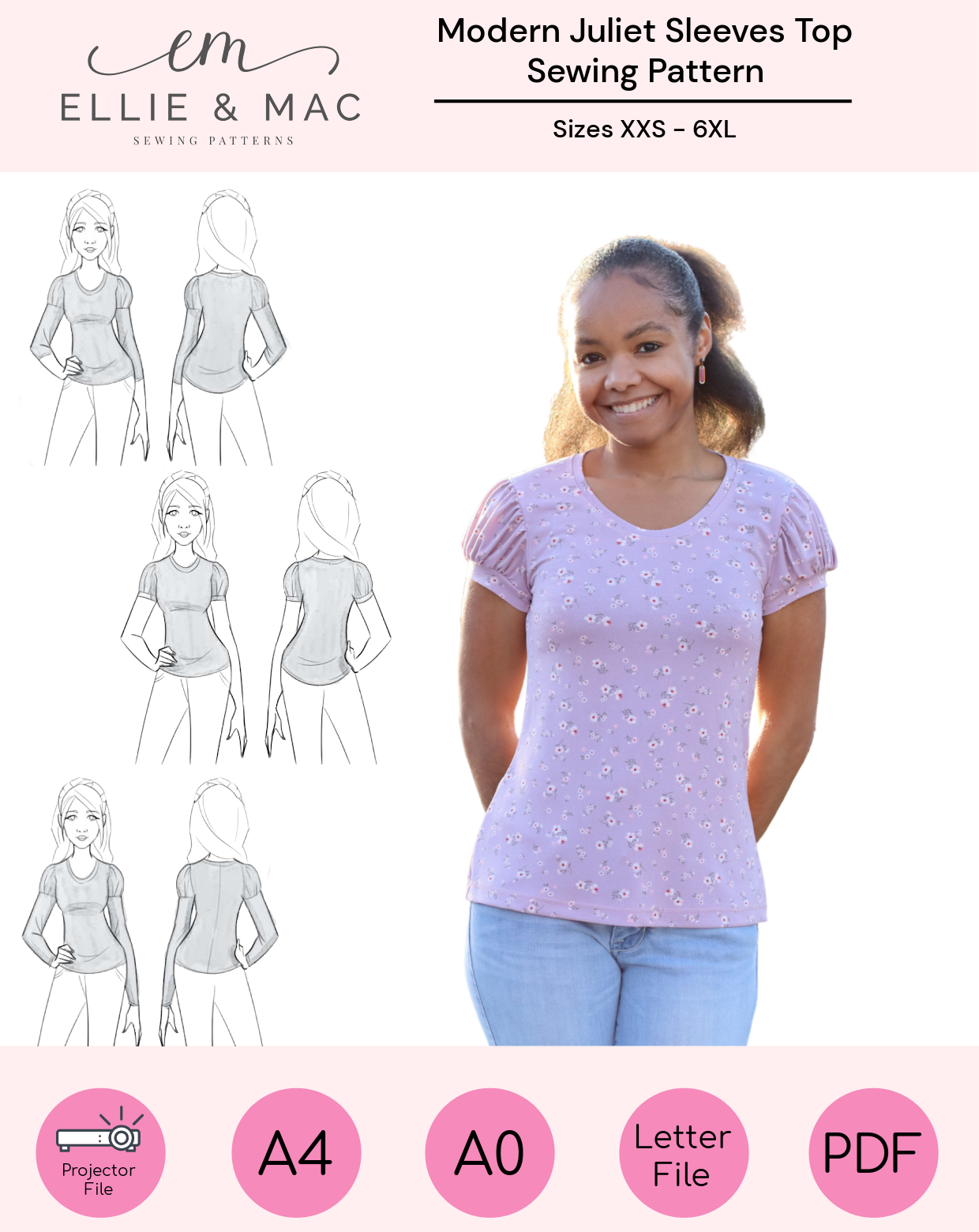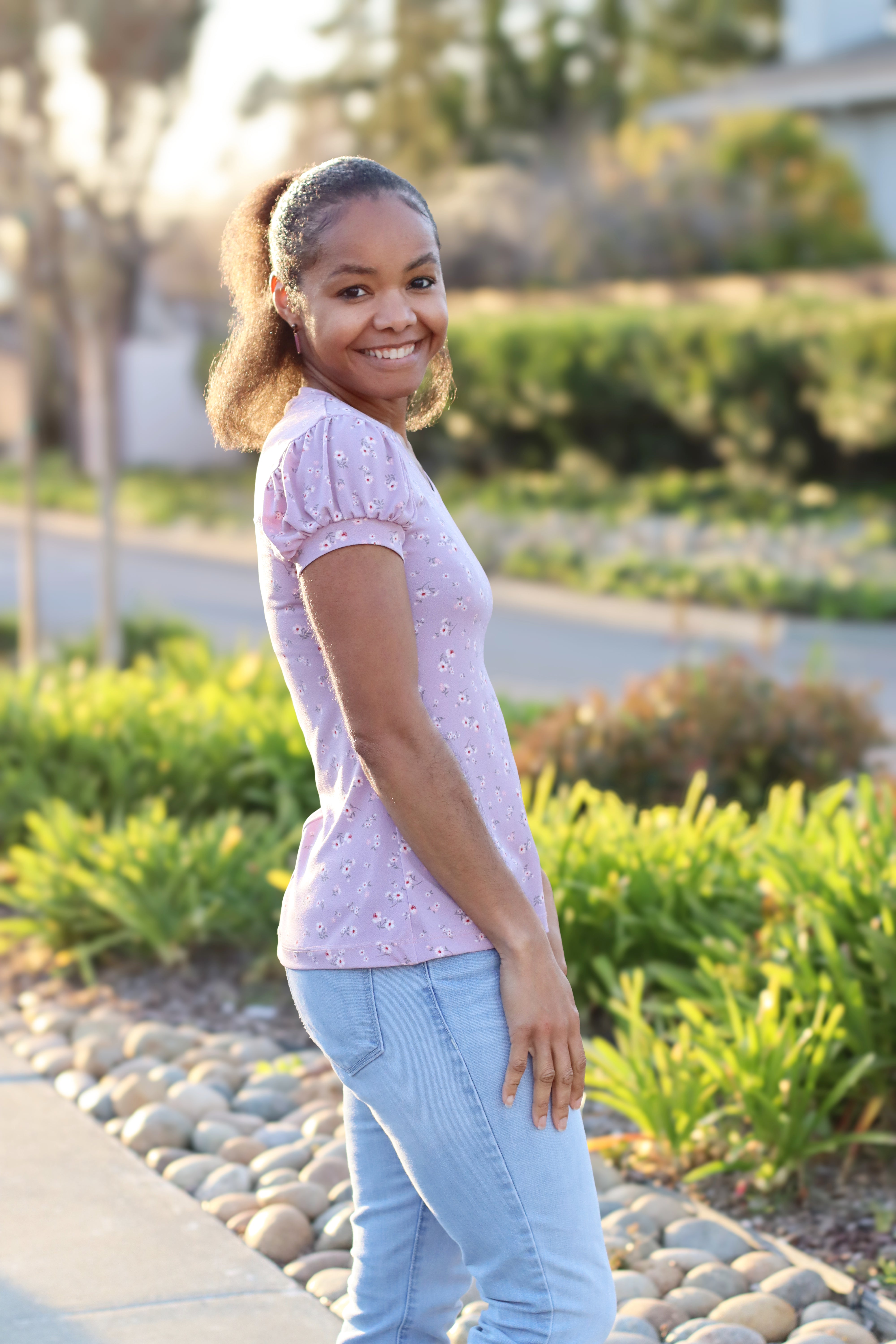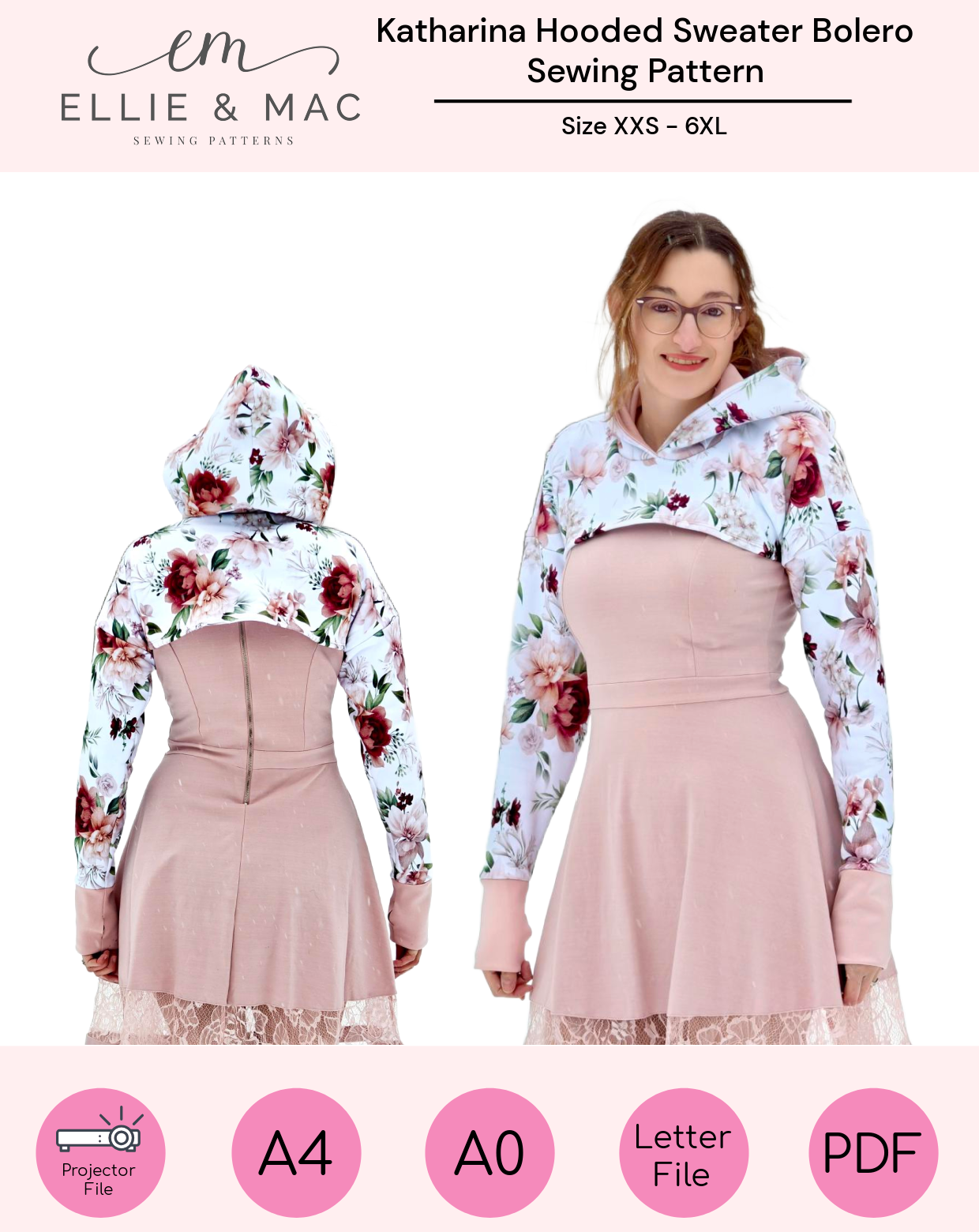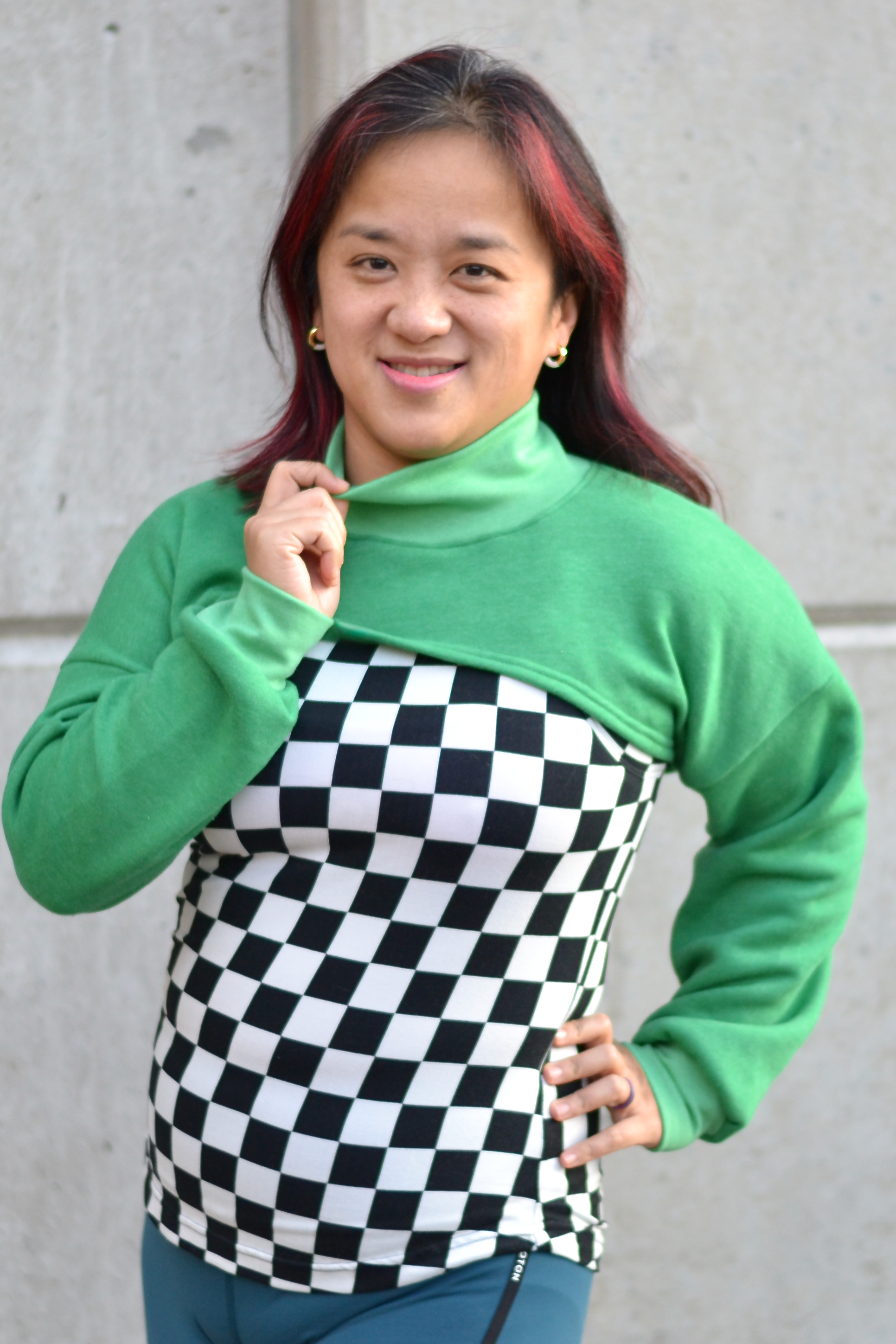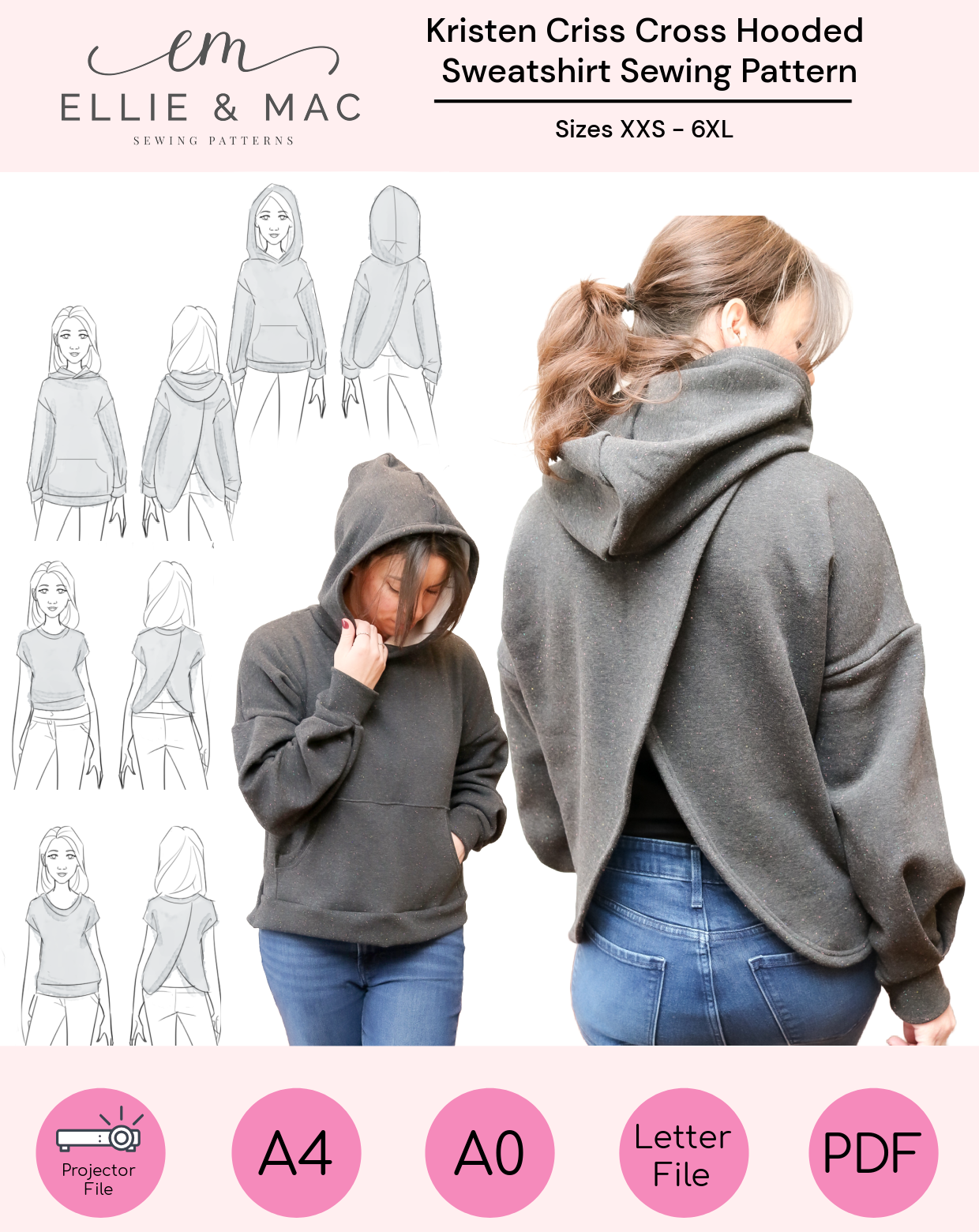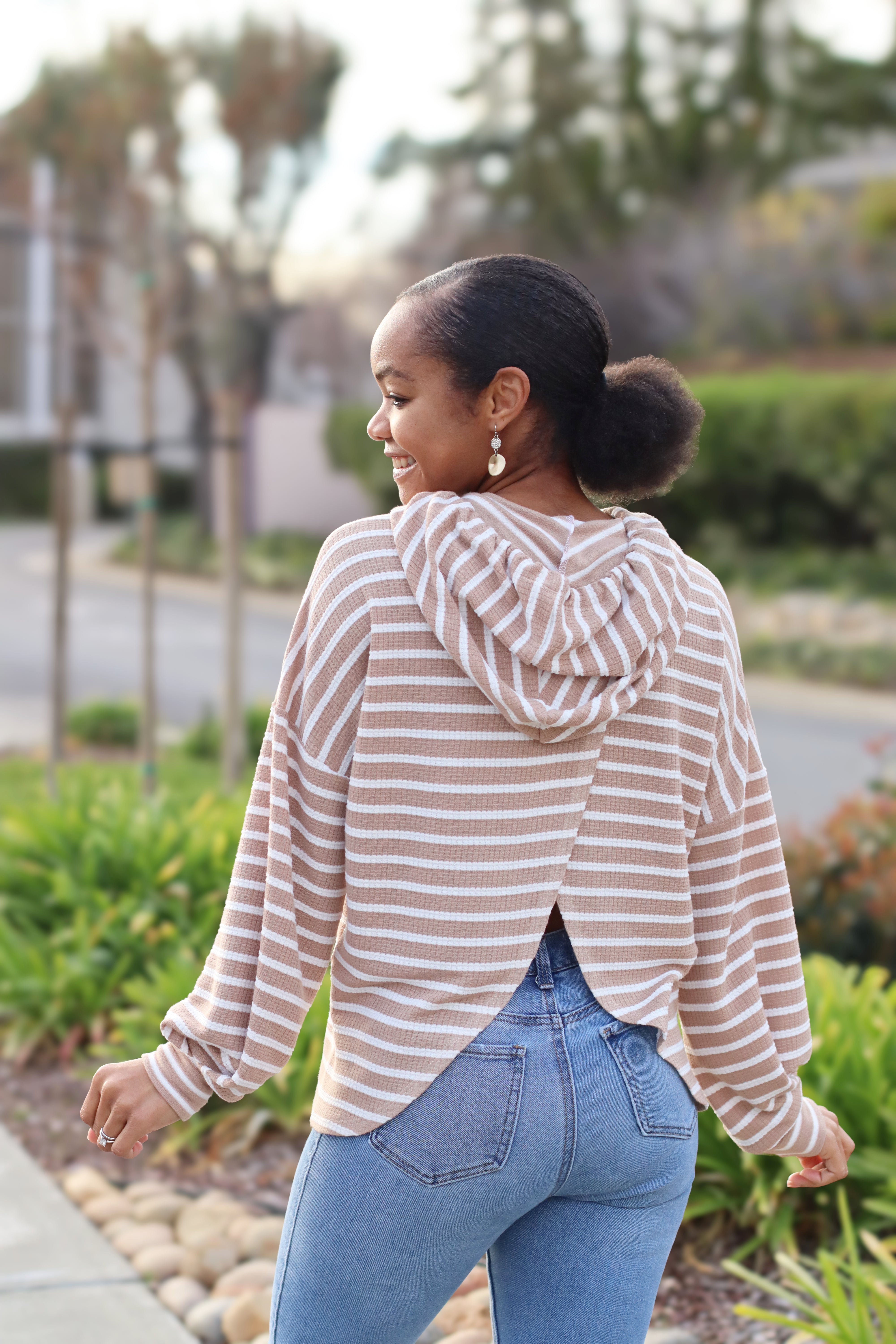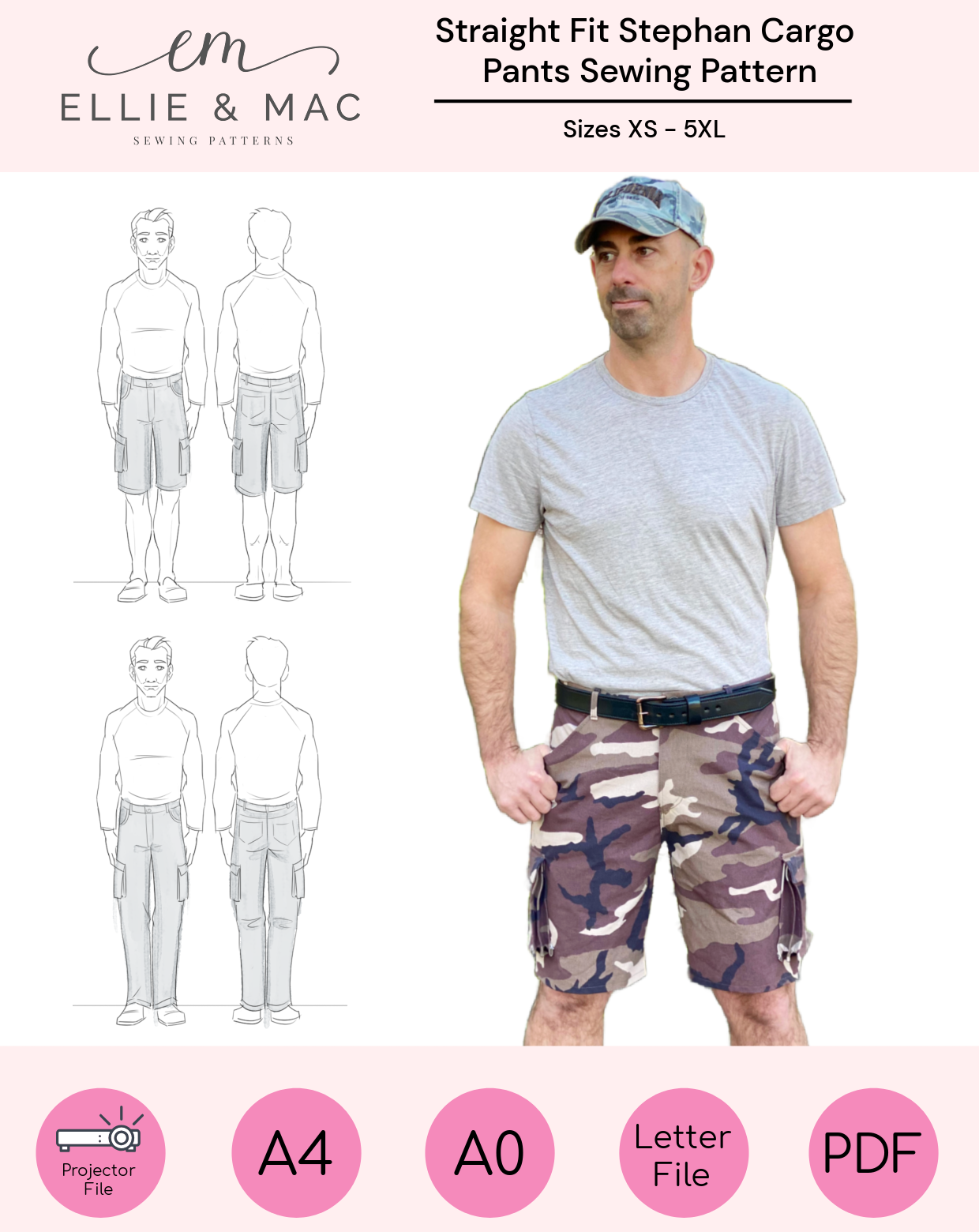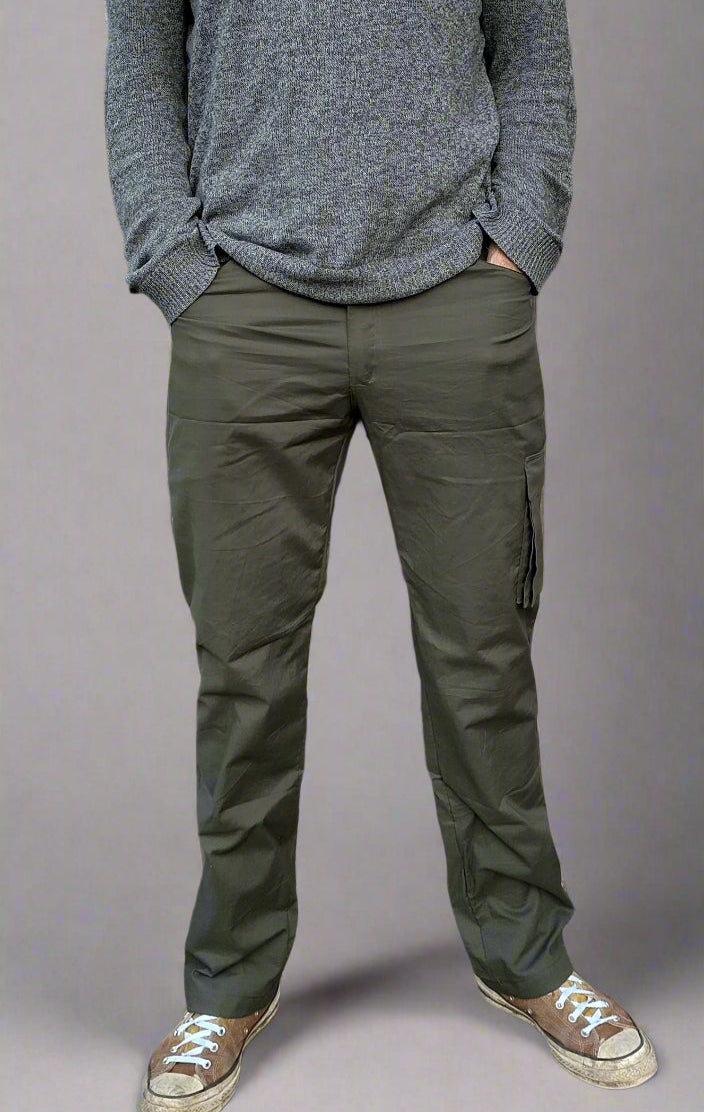
If you’re like me you keep all your scrap fabric and even your children’s clothes they have out grown. I love the idea of zero waste but it can be hard to avoid clutter when you attempt reuse/recycle as much as you can. When I saw the Ellie and Mac Stuffy Ball pattern, I knew it could be the solution to my problem.
I wanted something similar to a beanbag chair but that fit my living room décor and thats when the idea to hack the stuffy ball into a floor pouf came to me. I have converted both the small and large stuffy ball sizes into floor poufs and like both options but below see the instructions for the Large pattern hack.
First, get your pattern ready ( I recommend a printed pattern over projector so you can measure and cut the pattern following the instructions below).
Don’t forget to measure your measurement square to ensure your printing dimensions are correct.
Measure from the top of the large pattern side panel and measure down 15 inches and draw a horizontal cutline from side to side this line should be 15.5 inches long across.
Cut six of the new side pieces from the fabric of your choice, one top piece ( you no longer need the bottom hexagon piece) and one Circle out of your desired bottom fabric ( this is what will allow the pouf to sit flat on the floor. Your bottom circle should have a radius of 13 and 9/16th inches)

To figure out the bottom circle size:
15.5 inches x 6 sides= 93 inches –(5/8 x 12 this is the total seam allowance of the right and left sides of each side piece being sewn together )
=85.5 inches is the desired circumference
circumference= 2π-r
85.5 inches= 2(3.14)-Radius
85.5/6.28=Radius
Radius=13.6 inches
I rounded to 13 and 9/16th inches to make it easier to find on my ruler.
Now that you have all of your pieces cut continue with the directions as normal for sewing the sides to the hexagon top (remember to start and end sewing ¼ from the beginning and end of each side! If you don’t you will end up unpicking your seams to try to get the side panels to have crisp corner seams where they meet at the top.
Sew the sides together as originally described but skip the zipper (.we will be putting this on the bottom side).
Now that you have your half sphere sewn and you circle bottom cut out its time to sew them together. I started by serging my seams and raw edges on each piece to prevent fraying if you don’t have a serger you can use a zig zag stitch.
Attach your zipper foot to your sewing machine.
(Remember you can always add more filling if needed because of the zipper. If your feeling lazy and don’t think you will need to restuff or access anything inside the floor pouf you can skip the zipper. I did this with my first trial run of this hack which was the small size pattern it worked out okay for the small but I am not sure I would recommend skipping a zipper with the large size because there is much more room for the filling to shift.)
Take your zipper and sew one side to the circle and the other to the sphere bottom edge. I chose to use a 20 inch invisible zipper. (If you are using an invisible zipper don’t forget to iron it flat before sewing!)

Now that your half sphere and circle bottom are connected by the zipper it should look like a venn-diagram with the circles only touching at one part of the outer-edge.
Fold at the zipper so both the half sphere bottom edge and the circle bottom edge meet with the “right side” of the fabric facing together. Open the zipper enough so you can turn it all inside out once you enclose the full circumference seam.
Once you are done pull the modified stuffy ball inside out through the zipper opening.
Now its time to stuff with your choice of materials!!!
You can still of course you stuff your floor pouf/half stuff ball with blankets and stuff animals but I chose to use clothes my children grew out of that could not be repurposed along with my fabric scraps I save from my sewing projects that are too small for scrap buster projects.
Keep in mind that using clothing and fabric makes the floor pouf very heavy and dense this is what I wanted sew it didn’t loose its shape as much with use. 
TADA!!! You did!
This was a fairly easy hack to sew and I love the way it turned out. It’s the perfect décor solution for my fabric clutter and bags of outgrown children’s clothes that aren’t in good enough condition to donate. 
(Written by: Ashley Aldous Pangborn)
If you're a beginner, check out our free sewing patterns here.
See our video tutorials for beginners here.


